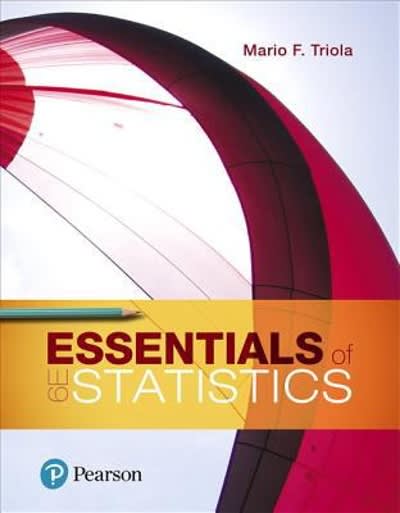The largest health experiment ever conducted involved a test of the Salk vaccine designed to protect children
Question:
The largest health experiment ever conducted involved a test of the Salk vaccine designed to protect children from the devastating effects of polio. The test included 201,229 children who were given the Salk vaccine, and 33 of them developed polio. The claim that the Salk vaccine is effective is equivalent to the claim that the proportion of vaccinated children who develop polio is less than 0.0000573, which was the rate of polio among children not given the Salk vaccine.
Analyzing the Results
a. Test the given claim using a 0.05 significance level. Does the Salk vaccine appear to be effective?
b. For the hypothesis test from part (a), consider the following two errors:
• Concluding that the Salk vaccine is effective when it is not effective.
• Concluding that the Salk vaccine is not effective when it is effective.
Determine which of the above two errors is a type I error and determine which is a type II error. Which error would have worse consequences? How could the hypothesis test be conducted in order to reduce the chance of making the more serious error?
Step by Step Answer:






